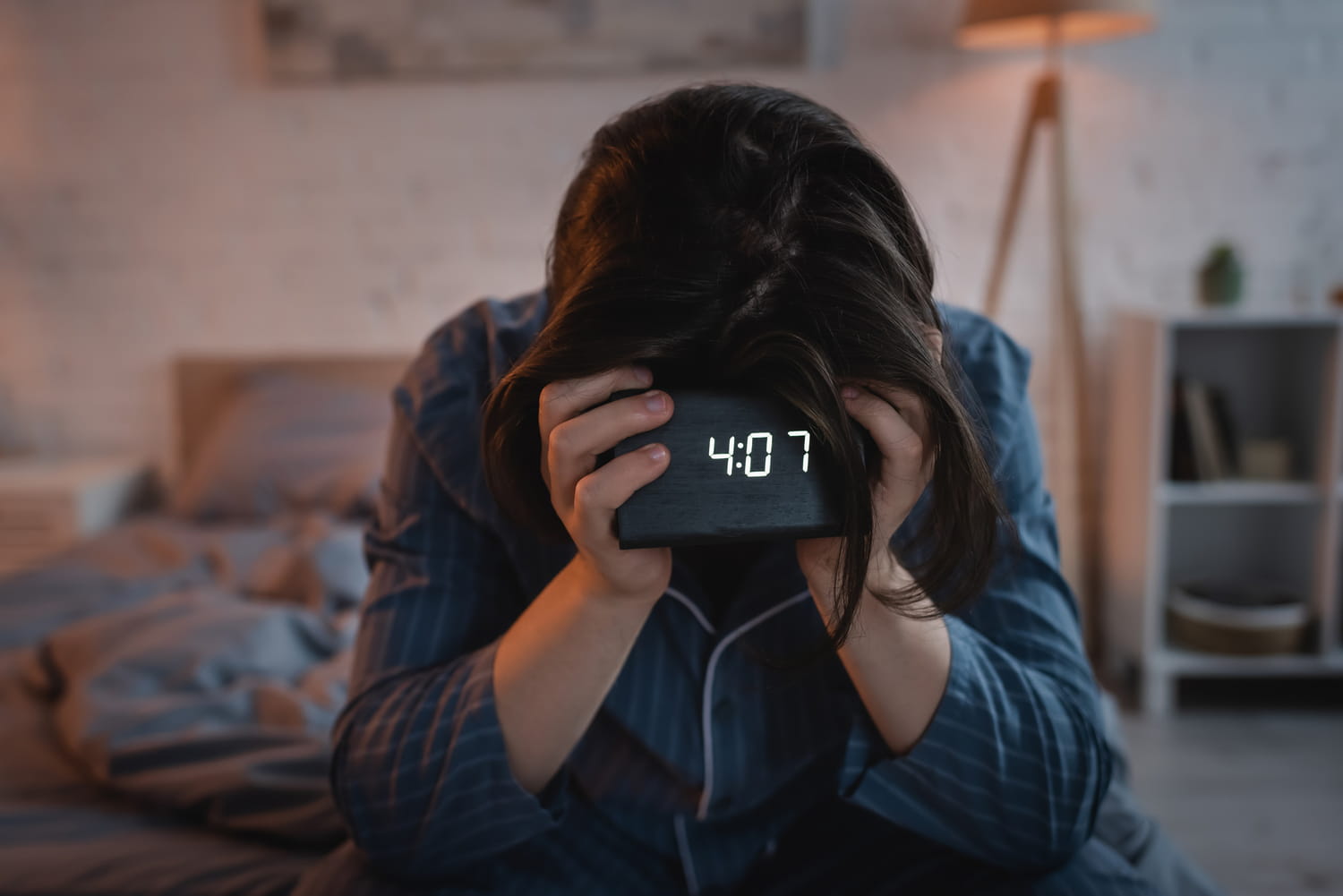There is no villa Manzoni, but there is the city. There are no silent rooms where the writer grew, but there are the squares, the villas and the courtyards that open to the public. It is in this absence that Lecco city of the Promessi Sposi Find its strength: From 3 to 5 October the Festival chooses to transform the lack of its symbol place into an opportunity for rebirth. “The museum that will come: Manzoni is …” is not only the title of the 2025 edition, but a challenge: reinventing the way we remember and tell the author of the most famous Italian novel.
The review arrives at a particular moment. For the second consecutive year, the Villa Manzoni, the family home of the writer and a symbolic heart of its legacy, remains closed to the public because of the renovation works. A lack that could appear as a deprivation, but that the festival has transformed on the occasion: reflect on the future of the museum itselfimagine “the museum that will come”, as stated the title chosen for the 2025 edition.
Manzoni between memory and innovation
The common thread is clear: to make Manzoni not an untouchable monument, but a living presence, capable of dialogue with the languages of the present. “Manzoni is …”: the open theme invites each to fill that suspended space, to decline the writer’s legacy in a creative and plural way. It is no coincidence that the program combines academic studies, artistic proposals, music and conviviality, with particular attention to accessibility and inclusion.
It starts on Friday 3 October at 6 pm, at the Badoni workshop, with the conference Gothic Manzoni – Three illegal itineraries in the Promessi Sposi. Exceptional guest Fabio Camilletti, professor at the University of Warwick, who will dialogue with Mauro Rossetto, director of the Manzonian Museum. A comparison that will explore unpublished facets of the most read novel of Italian literature, reread through “Gothic” atmospheres and unconventional itineraries.
Saturday will be marked by a strong topical theme: Accessibility in museums and historical homes. The round table scheduled will deepen innovative tools and practices, from tactile and sound paths to the potential of artificial intelligence, to make culture more and more inclusive and open to all.
In the evening, the Festival will move to Villa Gomes for a literary aperitif with an eloquent title: Manzoni and the construction of the contemporary Italian language. An opportunity to rediscover how much the linguistic work of the author of the Promised spouses Continue to influence our way of speaking and writing. An aperitif with the flavors of the area and a musical recital entrusted to the voice of Anna Maria Musajo, who will guide the audience on a journey between “The Manzonian poetics in the Italian song author” will follow.
The Festival will close on Sunday 5 October at 5 pm, with an event that unites contemporary art and literary tradition: Tea Time in Villa – My meeting with Alessandro Manzoni’s fortyat Villa Ghislanzoni. Emilio Isgrò will be the protagonist, one of the best known Italian artists at an international level, who will offer his personal reinterpretation of the Manzonian text in the famous edition of 1840.
A city that lives in Manzoni
If Lecco is “City of the Promessi Sposi”, it must not only to the novel set between its mountains and its waters, but to a community that has been recognized for years in this link and relaunches it from generation to generation. This edition of the Festival, marked by the physical absence of Villa Manzoni, thus becomes an ideal bridge between memory and future. The writer’s house, when he reopens, will not only be a place of conservation, but a lively museum, inclusive and capable of speaking to the citizens of tomorrow.
This is the horizon that Lecco city of the Promessi Sposi He intends to trace: a city that does not limit himself to celebrating the past, but undertakes to transform it into cultural energy for the future. Because Manzoni is not only the author of a great novel, but a street companion who continues to question and inspire the present.
Photo © Municipality of Lecco








